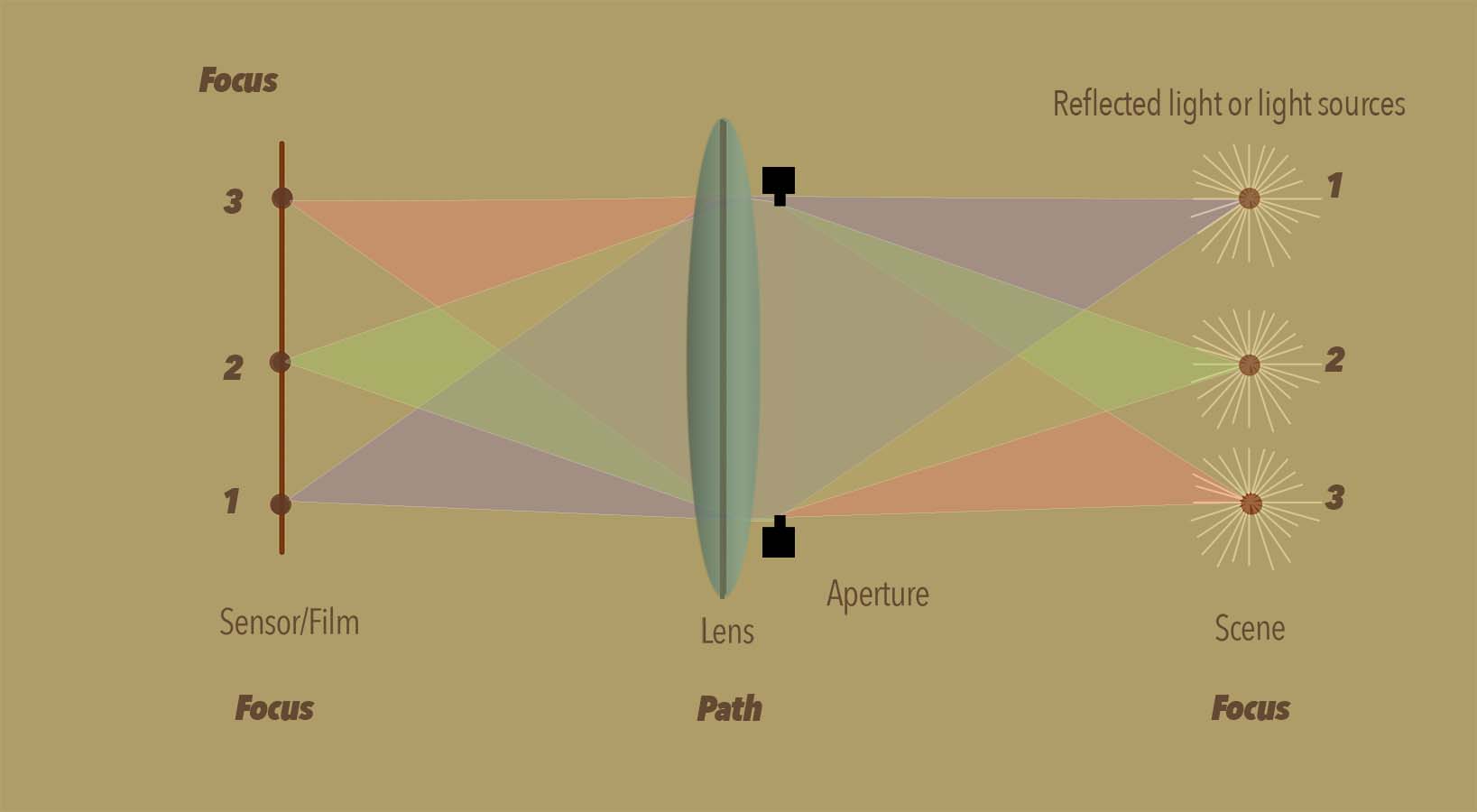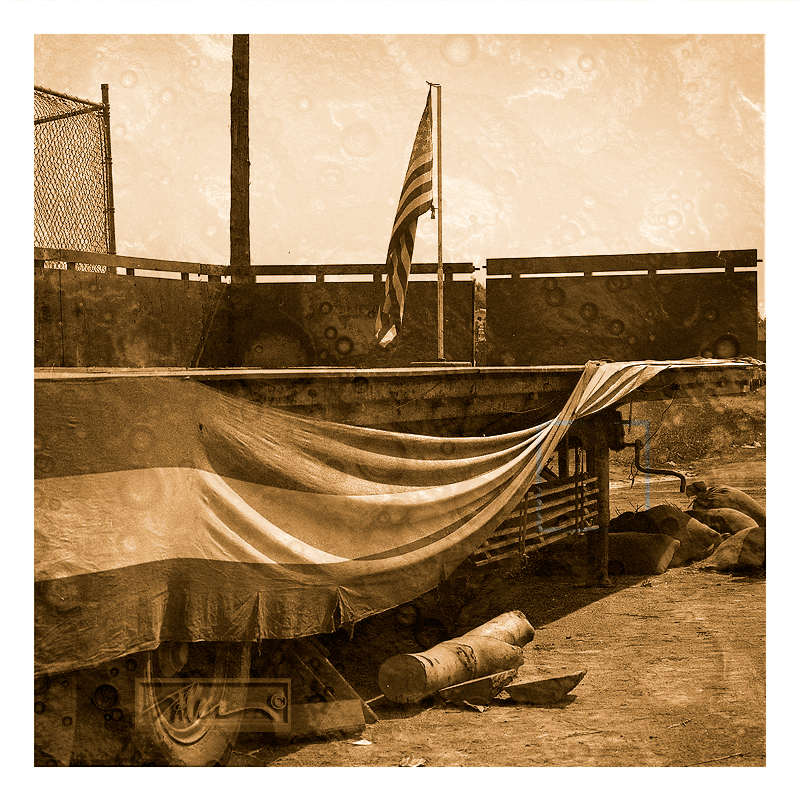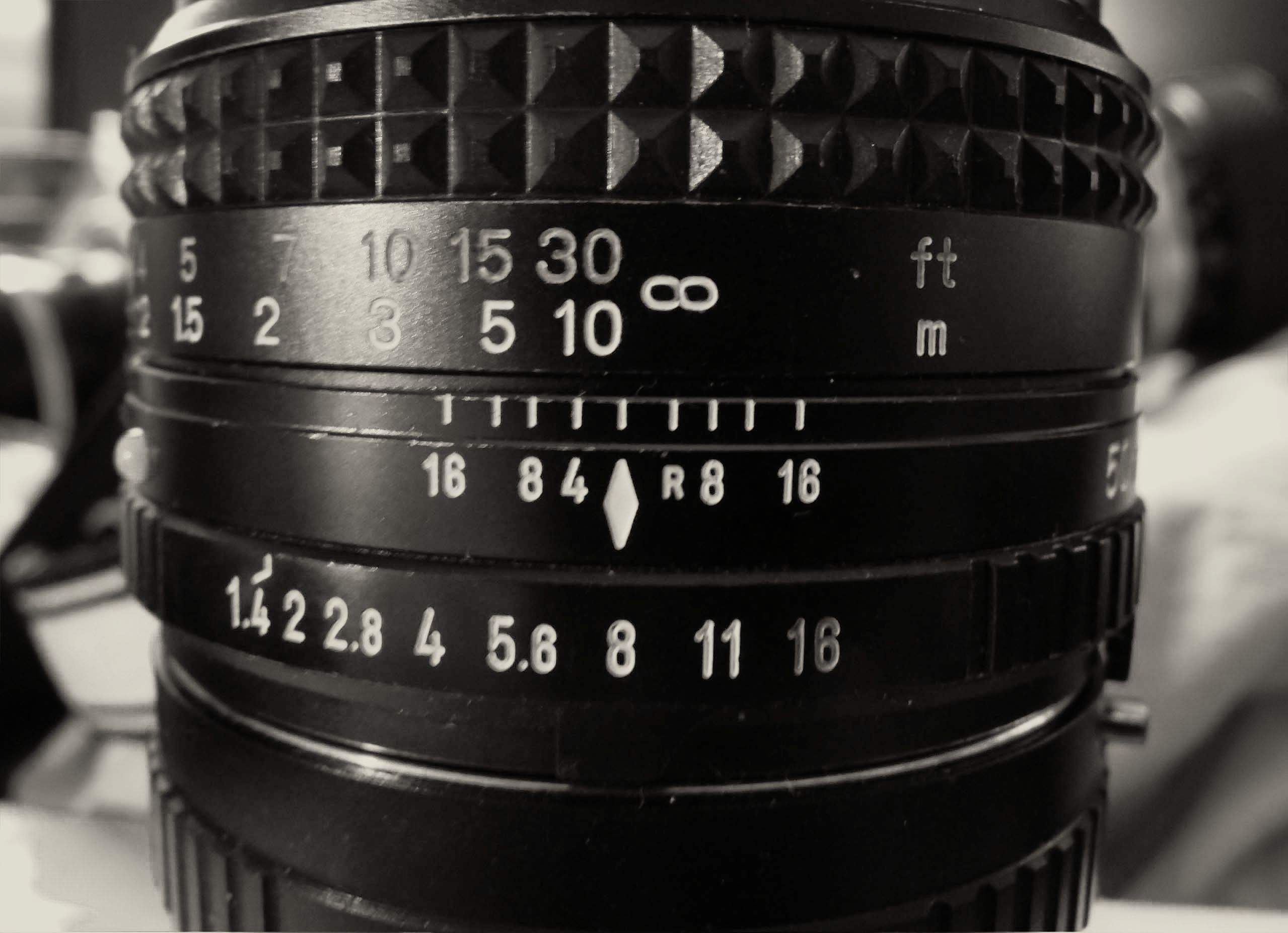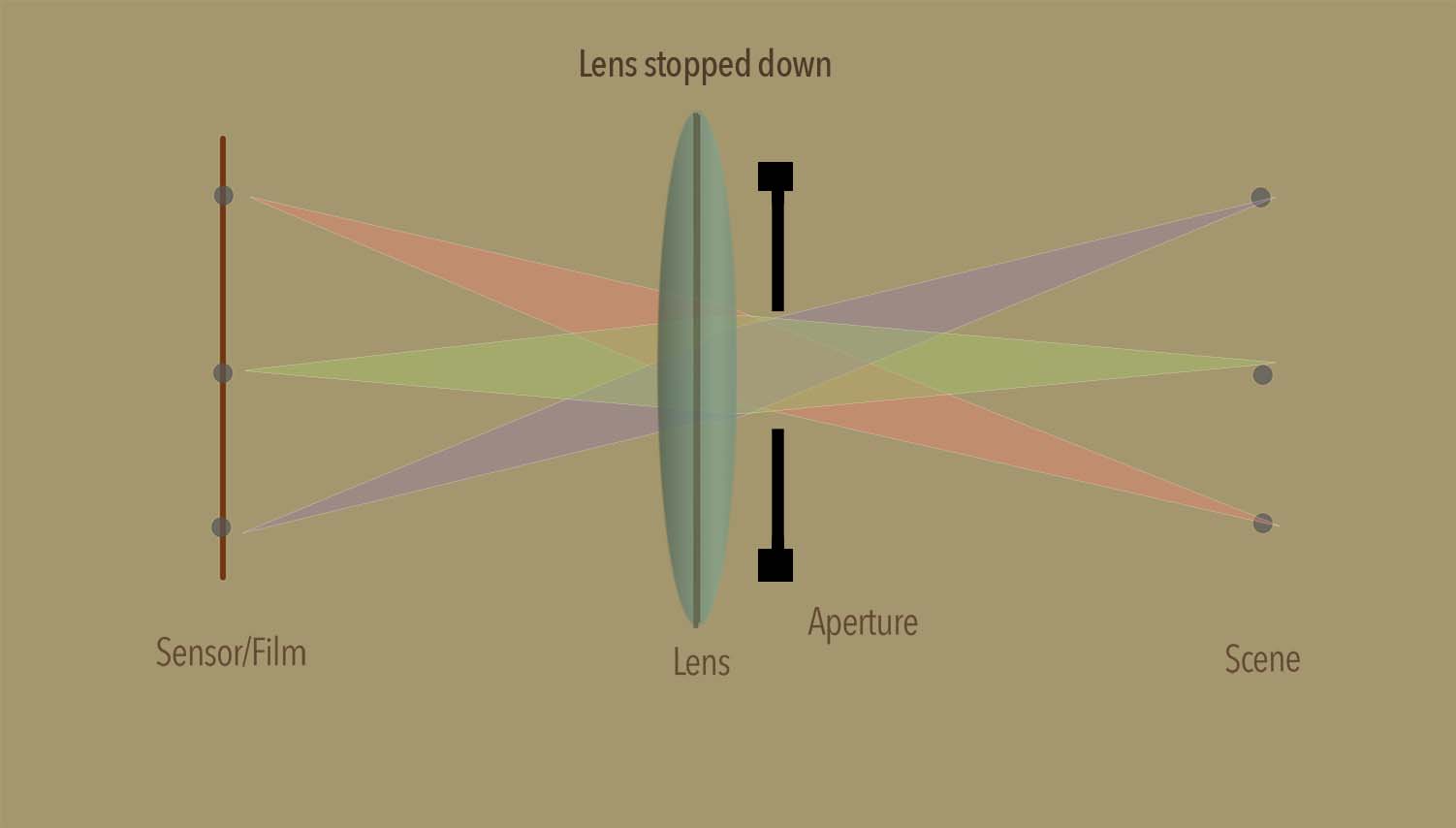Depth of field is a way to assure a selection of the subjects in an image appears sharp. Depth of field is a cause of aperture function. It has to do with the opening created by the lens iris relative to the subjects in a scene. It has to do with light cones. Light cones are the gathered rays of reflected light from your subject scene.
Apertures create cones of light throughout the distance range of the image. Light focused on the image plane looks sharp because it only shows a small portion of the image cone. That light is at the focus distance you set when you focus correctly. Light not focused on the cone tip shows up as blobs—called circles of confusion. That is because the light from the lens is always a cone. Only the point of the cone is sharp.
Millions of these cones originate from the subject scene. Each follows its path towards points on or near the sensor/film. You can imagine a picture that is made entirely from light points projected across the image plane. A single cone only produces a single point. It takes millions if not billions of light cones to create a photograph. Some intersect with the image plane—others cast their points off of the sensor/film.
Circles of confusion become accentuated by mixing with all other cones that fall nearby. They become undefined points of out of focus light.

Cone lines represent points in space that are gathered on one side and projected through the lens to the image plane. As you can see, the points produced inside the camera are upside down. The scene is reversed top to bottom as well as left to right. Not shown here are the points that fall in front of or behind the plane of focus. The path cones are colored to show where the light originates and where it falls on the sensor.

American Stage – © John Neel In this image, the lens gas been stopped down do a small aperture which has made the entire image more sharply rendered. The cones are rendered in relative sharpness.
Think of light hitting the lens as strands of spaghetti. The fanned bundle represents the way light travels toward the camera lens. Think of light as a bundle of light rays from each point in the scene.
Every visible point in space produces reflected illumination of single rays through reflection or from a direct light source such as a light bulb. The lens gathers the rays hitting the lens elements and refocuses them into the camera. Lenses gather the light rays and redirect them back to points inside the camera that reflect the real world.
Aperture size determines the size of the cones, and Cones determine the sharpness of details in the scene that hit the image plane. The cone gets sectioned by how and where it strikes the sensor. Small apertures produce narrow cones. Large aperture openings create large cones. Small numbers produce larger apertures, and higher numbers produce smaller lens openings.
Background or foreground subjects will render as out of focus when their cones intersect the plane of focus. Things nearer to the subject seem sharper as the cross-section of the cone becomes smaller. Out of focus areas of a scene are called circles of confusion. They are the delusion of light passing through the focus plane. When none of the cones are focused on or near their focus points, there will be no sharpness in the image.
Aperture size acts as a mechanism for reducing the focus cone nearer to the focus point to become smaller in scale. The closer the subject is to the point-of-focus, the smaller the cone, the sharper the image appears.
Likewise, a larger aperture produces big cones that cause out-of-focus blobs on the film plane. Apertures are the key to what is in or out of focus in an image. Most of the cones intersect the plane of focus within the cone to become what we call out of focus (OOF) information. It becomes less defined due to the point not being fully focused on the receiving plane or rather the plane of focused light.
I should mention that Depth of field is affected by subject distance and the focal length of a lens. Longer lenses will have less DOF, while shorter lenses have more.
To be precise, there is only one point in the lens space that has absolute sharpness. Everything at the same distance will be sharp. Anything else is only in some degree of relative in focus due to their distance away from the focused subjects as well as the choice of aperture determined.
In truth, we are using the principles of light and the optical system to give us a close approximation of sharpness. Within that parameter sharp enough is what we can actually expect. It is only the cone points are rendered in a sharpness that is possible by the resolving power (quality) of the lens used to create the image.
BTW, there are good lenses and there are bad ones. Not all lenses are created equally. However, they work in the same way. Their capability for rendering fine focus is dependent on their ability to resolve the points of subject to the sensor. Resolving power is another article that I hope to cover another day.
While this article is about the concept of focusing cones of light, there are many more factors that affect focus. My intent is to help you understand how light is gathered and how it finds its focus.
You might also find a copy of my book: Book – Focus
The following notice covers all content on this blog.
NOTICE of Copyright: THIS POSTING AS WELL AS ALL PHOTOGRAPHS, GALLERY IMAGES, AND ILLUSTRATIONS ARE COPYRIGHT © JOHN NEEL AND ARE NOT TO BE USED FOR ANY PURPOSE WITHOUT WRITTEN CONSENT FROM THE WRITER, THE PHOTOGRAPHER AND/OR lensgarden.com. THE IDEAS EXPRESSED ARE THE PROPERTY OF THE PHOTOGRAPHER AND THE AUTHOR.




